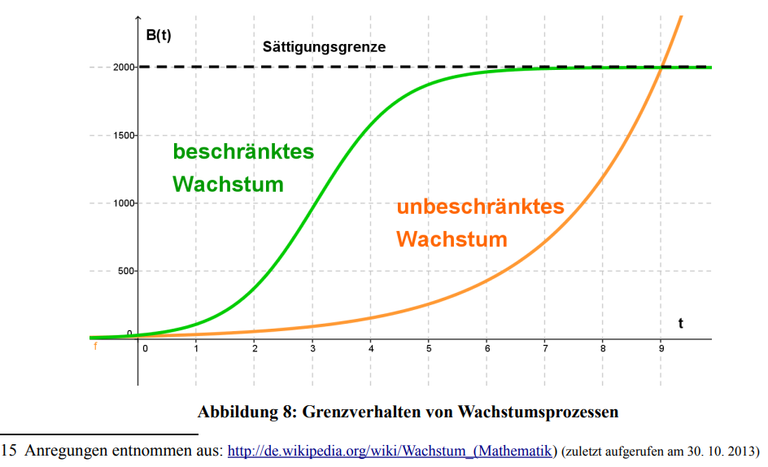What is one of the biggest advantages to Web 3.0?
Under this, we see a different ownership model. We are moving away from the traditional corporation ownership to something different. While it isn't fully spelled out yet, we can see early experiments offering alternate paths.
This is something that is crucial as we enter the "age of robots".
It is likely that we see things changing in the Next 10 years. The pace of advancement in the field of robotics is stunning. Humanoid robots will be in commercial operation by the end of this year. Over the next 5 years, we will likely see this starting to scale.
At first, it will be focused upon jobs that have a shortage of workers. This is due to the fact the work is dangerous, boring, and dirty. After that, it will spread to other areas where it makes economic sense.
In this article we will dive into the relationship that could exist between blockchain and robotics.

Image created using Ideogram
Blockchain Is Crucial For A World Of Robots
The rise of the robots brings up many different images. One of the major concerns, in my view, is how the economic productivity is distributed. Here we can see how the corporate model will have the largest entities dominating, at least in the short term.
When this is coupled with AI, however, it could be a lead that becomes ever greater. This is something to keep in mind.
Blockchain seems to offer the ideal solution.
Fractional ownership is a powerful mechanism that could alter the economic models that we operate under. Instead of a corporation owning a fleet of robots, they could be individual owned via tokenization. This could be further distributed as piece, with tokens sold to individuals.
Essentially it offers the opportunity for people to buy into the labor market. If, over time, much of the labor is replaced by machines, allowing individual to own a piece of the economic production engine is crucial.
Let us create an example.
A humanoid robot rolls off the assembly line and has 20K tokens associated with it. The cost is $20K, hence each is $1.
An individual in Ghana buys $5 worth of this bot. For simple math, let's say it is able to generate $10K in annual revenue. This means the payout is 50 cents per token. Our investor is getting $2.50 annually.
Now suppose this individual had $50. That means, using these numbers, he or she could invest in 10 different robots. They could be all in different countries, trained on various types of data.
We could equally apply this to the robo-taxi concept, which is nothing more than a bot on wheels.
An automobile could be put on the road in a particular city with the profits being paid out to the token holders. Each distribution goes to a wallet, ignoring where the holders are geographically. Again, we see the concept where anyone in the world could hold the token.
All of this becomes possible due, at least in part, to blockchain. With clear ownership, we now have an asset that not only generates yield but can be transferred. If someone wants to sell the token, it is no different than moving Bitcoin.
Data
Another key element of Web 3.0 pertains to data.
The present Internet is stuck in the sense data cannot flow freely. Instead, we have a system of silos where a handful of companies control the information.
We also hear discussion how there is going to be a shortage of data. With the training for LLMs, we see the need growing at an exponential rate.
Robots are going to aid in this since they are data generation machines. When you have 1 million robots produced, each full of sensors, every action undertaken provides data. A human can walk 100 yards and, unless holding a smartphone, no data is generated.
The same is not true for robots.
Once again we get into the ownership question. Do we want the data in the hands of a select number of companies? Consider how the robotic manufacturers and associated platforms they are tied to will dominate.
Another factor is, if the ownership of the robot is tokenized, then the data should not be solely directed to single companies. We are obviously dealing with an asset that has market value.
Data is what drives the information economy. As stated before, Web 3.0 is not going to take off by relying upon Web 2.0 data. It becomes clear in the fact that Web 2.0 is not going to share the data anyway. Reddit is not renting it out to the tune of $60 million per year.
It quickly becomes clear as to what is required.
The will be put on steroids when robots start to roll off the assembly line. These are data generation centers, on a scale humans can only imagine.
In Conclusion
We can see the foundation forming.
Digital real estate, to use that concept, is a practical idea. There is only so much bandwidth. Right now, it seems like it is massive.
The same was thought of data. Here is a chart of the "Global Datasphere":

What is stunning is the anticipated growth rate is projected to not be Enough. This is why many are discussing the concept of synthetic data.
Why do we believe bandwidth will be any different? Simply put, we are going to need a lot of scaling of blockchain to even pretend to fulfill all that is going to be required. At the same time, we will help to abate, ever so slightly, the data issue by providing a trove that is available to anyone.
Incorporate the robots into this and we can see how things take on a new conception. This is why blockchain is vital for a robotic future.
Posted Using InLeo Alpha



